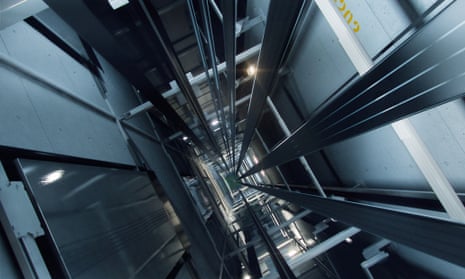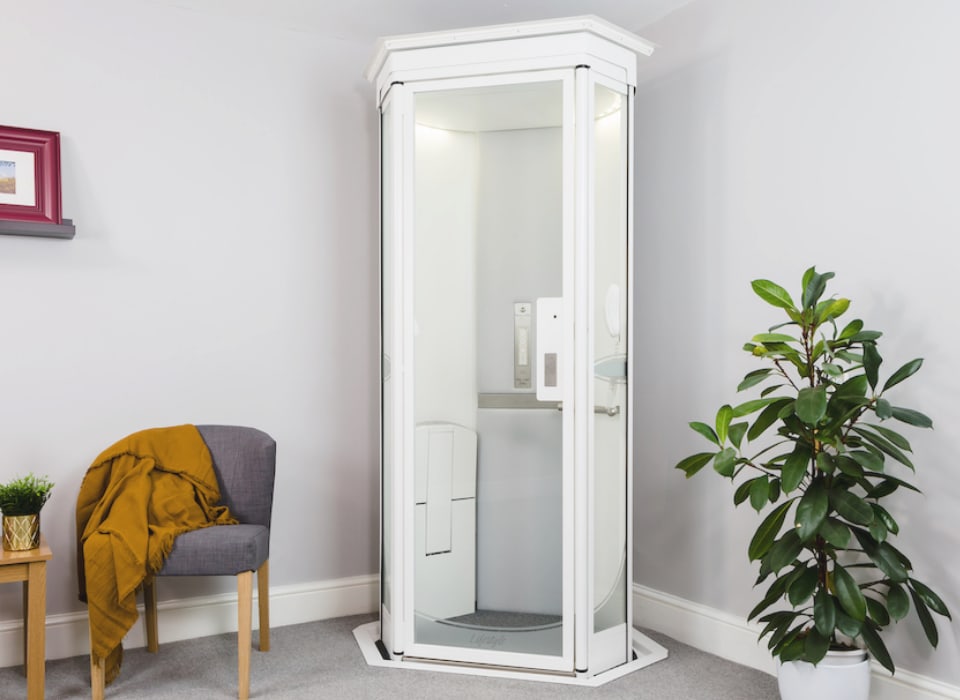We Maintain Lifts with Precision: Ensuring Safety and Performance
We Maintain Lifts with Precision: Ensuring Safety and Performance
Blog Article
Exploring the World of Lifts: Typical Issues Encountered by Different Lift Devices
As we browse with the upright transportation systems of modern structures, elevators stand out as an important component of our day-to-day lives. Nevertheless, behind their smooth operation exists a world of detailed systems that can in some cases run into difficulties. From hydraulic elevators to traction systems and machine-room-less layouts, each lift type features its set of usual concerns. Understanding these obstacles is critical for ensuring the smooth functioning of these crucial systems. Let's check out the intricacies that underlie the operation of lifts and the potential problems that can emerge, shedding light on the complex web of lift devices.
Hydraulic Lifts
Hydraulic lifts, typically favored for low-rise structures, utilize fluid pressure to manage the activity of the elevator vehicle (lift repair companies). This system entails a hydraulic pump pressing oil right into a cyndrical tube, creating the elevator to move in the preferred direction. While hydraulic lifts are understood for their silent and smooth operation, they do come with their own set of typical problems
One prevalent trouble with hydraulic elevators is oil leakage. Furthermore, issues with the control system, such as malfunctioning shutoffs or a malfunctioning pump, can trigger disruptions in the elevator's activity.
Normal upkeep and punctual repair services are important to guarantee the smooth performance of hydraulic lifts. By attending to these typical issues proactively, structure owners can reduce downtime and ensure the safety and security and performance of their upright transportation system.
Grip Lifts
When thinking about vertical transport systems in structures, one more common kind other than hydraulic elevators is the grip elevator. Grip lifts operate using a system of ropes and weights that move the lift auto by grasping onto the hoist ropes. This mechanism enables smoother and quicker vertical transport compared to hydraulic systems.
Among the common concerns dealt with by grip elevators is rope wear. The constant motion of the ropes within the grip system can cause put on and tear over time, possibly causing the lift to breakdown or end up being hazardous for use. Normal evaluations and upkeep of the ropes are vital to ensure the elevator's correct functioning and safety and security.
One more concern that grip elevators might encounter is associated with the control system. Problems with the control system can bring about issues such as unpredictable activity, delays in feedback times, and even full shutdowns. Routine screening and maintenance of the control system are important to protect against such issues and make sure the elevator's integrity.
Machine-Room-Less (MRL) Elevators

One of the vital components of MRL elevators is the portable her comment is here gearless traction equipment that is installed within the hoistway. This machine efficiently drives the elevator auto without the need for large devices located in standard grip elevators. Additionally, MRL lifts normally use a counterweight system to balance the auto, further enhancing their power efficiency.
In spite of their benefits, MRL lifts might encounter difficulties connected to maintenance and repair service as a result of the confined space for tools installment. Availability for servicing parts within the shaft can be limited, needing specialized training for professionals. Correct maintenance schedules and routine examinations are essential to make sure the ongoing smooth procedure of MRL lifts.
Overloading and Weight Limit Issues
Overwhelming and weight limitation problems are vital issues in elevator operations. Elevator makers style lifts with specific weight abilities to make certain guest security and equipment durability.
When lifts are overwhelmed, it puts excessive strain on the electric motor, cables, and other parts, possibly triggering malfunctions or break downs. Security mechanisms such as sensing units and overload sensing units are in area to protect against elevators from moving if they detect excess More about the author weight. In addition, surpassing weight restrictions can cause enhanced power usage and damage on the elevator system.
To minimize overwhelming concerns, developing supervisors must plainly present weight limitations in lifts and educate owners on the value of adhering to these limitations - lift repair companies. Normal maintenance checks by certified specialists can additionally help make sure that lifts are operating within risk-free weight parameters. By attending to overloading and weight limitation issues proactively, structure proprietors can enhance elevator security and efficiency
Electrical System Failings
Surpassing weight limits in elevators can not only lead to mechanical issues but also potentially add to electric system failings within the lift infrastructure. Electric system failings are a vital problem in lift operation, as they can cause unanticipated shutdowns, breakdowns, or even security dangers.
In addition, power rises or variations in the electrical supply can additionally interfere with the elevator's operation, affecting its performance and safety. These electric disruptions can damage sensitive lift elements such as control panels, circuit card, or sensing units, causing system failures. Normal upkeep and assessments are vital to determine and address prospective electrical issues without delay, making sure the risk-free and efficient procedure of elevator systems. By adhering to weight limits and performing routine electric system checks, building proprietors can reduce the risk of electric failures in lifts.
Verdict

Hydraulic lifts, commonly chosen for low-rise structures, use fluid pressure to manage visit this page the movement of the lift vehicle.When considering vertical transport systems in buildings, an additional typical type aside from hydraulic lifts is the traction lift. Traction elevators run utilizing a system of ropes and weights that relocate the elevator auto by gripping onto the hoist ropes. Unlike typical elevators that need a different device area to house the equipment, MRL lifts integrate most of the parts within the shaft, eliminating the requirement for a dedicated maker area.In conclusion, elevators encounter common problems such as hydraulic breakdowns, traction system failures, and electrical system issues.
Report this page